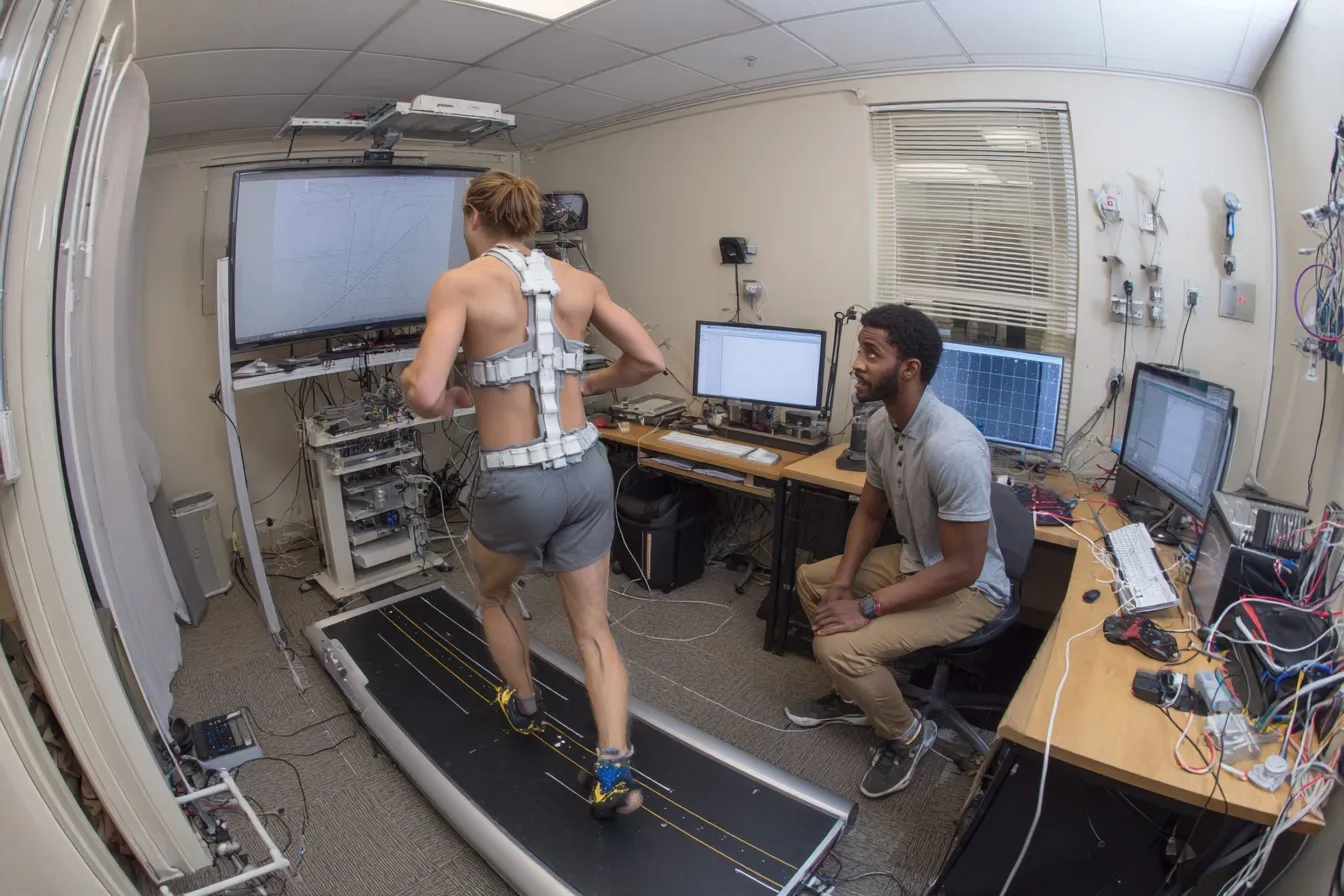Laplace Transform Calculator - Find L{f(t)} Online

A Laplace Transform Calculator became my lifeline during signal processing coursework at university. I was working on control system stability analysis, dealing with transfer functions and system responses that required converting between time and frequency domains. Manual integration by parts for complex functions was consuming entire evenings. This digital calculator transformed hours of tedious computation into accurate results within seconds.
This mathematical utility serves as the bridge between time-domain functions f(t) and their s-domain representations F(s). Whether you're analyzing electrical circuits, mechanical vibrations, or differential equations, this computational tool provides both forward and inverse transformations with complete step-by-step explanations.
How Do You Use the Laplace Transform Calculator?
Laplace Transform Calculator: Tables and Properties
Using our laplace transform calculator requires understanding whether you need forward or inverse transformation. For forward transforms, input your time-domain function f(t) like "sin(3t)" or "e^(2t)" to find F(s). For inverse transforms, enter s-domain expressions like "1/(s²+9)" or "2/(s-3)" to recover the original time function.
The Laplace Transform Calculator applies linearity, shifting, and standard tables to compute L{f(t)} and L⁻¹{F(s)} with clear, step‑by‑step derivations.
Select the appropriate function type from eight categories: standard, polynomial, exponential, trigonometric, unit step, delta function, time-shifted, or periodic. This mathematical utility automatically applies the correct transformation formulas and provides detailed solution steps showing integration techniques, partial fraction decomposition, or transform table lookups.
What are the Key Features of Our Digital Calculator?
Our advanced digital calculator handles both directions of Laplace transformation with comprehensive mathematical rigor. Every transformation includes detailed methodology explanations perfect for learning complex analysis techniques.
- Bidirectional Transforms: Compute both L{f(t)} forward transforms and L⁻¹{F(s)} inverse transforms using this versatile computational tool.
- Multiple Function Types: Supports polynomial, exponential, trigonometric, unit step, delta function, shifted, and periodic functions in one web-based tool.
- Detailed Solution Steps: Shows complete integration processes, transform properties, and convergence conditions making this calculation utility perfect for educational purposes.
- Transform Properties: Displays linearity, time shifting, frequency shifting, differentiation, and convolution properties relevant to each mathematical utility calculation.
What are the Main Applications of This Mathematical Utility?
This powerful mathematical utility serves engineering disciplines requiring frequency domain analysis. From control systems to signal processing, this computational tool provides essential transformations for complex system analysis.
🔧How Does This Tool Help in Control Systems Engineering?
Essential for analyzing system stability and transient response. When designing a PID controller with transfer function G(s) = Kp + Ki/s + Kd·s, this laplace transform calculator helps engineers convert time-domain specifications into s-domain design parameters. For systems requiring time-domain analysis, our differential equation calculator provides complementary solutions. Finding the inverse transform of 1/(s²+2s+5) yields the system's time response: e^(-t)sin(2t), revealing damped oscillatory behavior crucial for stability analysis.
📡Is This Digital Calculator Useful for Signal Processing?
Absolutely critical for filter design and system analysis applications. Digital signal processing requires converting between time and frequency representations for convolution operations, transfer function analysis, and filter response calculations. For frequency domain analysis of periodic signals, our Fourier transform calculator provides specialized tools for harmonic analysis. Advanced signal processing theory can be found at Stanford's CCRMA digital filter resources which complement the computational capabilities of transform analysis.
⚡Why is This Computational Tool Essential for Electrical Engineering?
This calculation tool simplifies circuit analysis by converting differential equations into algebraic problems. For an RLC circuit with impedance Z(s) = R + sL + 1/(sC), finding the current response to a step input becomes straightforward. Since Laplace transforms fundamentally rely on integration techniques, students often benefit from mastering basic integration with our integral calculator before tackling transform problems. The mathematical utility handles complex impedance calculations, making it invaluable for analyzing transient responses, steady-state behavior, and filter characteristics in electrical systems.
Worked Example (Forward Transform)
Find L{e^(2t)sin(3t)}. Using the frequency-shifting property for exponentials and the standard sine transform:
- Formula: L{e^{at}sin(bt)} = b/((s - a)² + b²)
- Here a = 2, b = 3
- Therefore, L{e^(2t)sin(3t)} = 3/((s - 2)² + 9)
- Region of convergence: s > 2
Can This Web-Based Tool Handle Advanced Transform Properties?
Beyond basic transforms, this computational tool manages advanced properties including convolution theorems, final value theorems, and partial fraction decomposition for complex rational functions.
The digital calculator handles time-shifted functions using the property L{f(t-a)u(t-a)} = e^(-as)F(s), periodic functions with period T using the formula F(s)/(1-e^(-sT)), and delta functions δ(t-a) transforming to e^(-as). These advanced capabilities make the mathematical utility suitable for graduate-level engineering coursework and professional applications.
For systems involving multiple poles and zeros, the calculation tool applies partial fraction expansion techniques, enabling inverse transforms of complex rational expressions. This computational approach proves essential for analyzing higher-order systems in control theory, signal processing, and circuit analysis where manual calculations become prohibitively complex.
About the Author
Why is This the Best Computational Tool Choice?
Our Laplace Transform Calculator combines mathematical precision with educational insight, making frequency domain analysis accessible to engineering students and professionals. The comprehensive transform library, detailed solution steps, and support for advanced properties ensure you understand both methodology and results. Bookmark this reliable digital calculator for consistent access to professional-grade transform computation capabilities.
Laplace Transform Calculator – Related Tools & Guides
Explore more in Calculus & Analysis Calculators · Differential-Equations.



